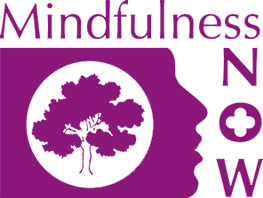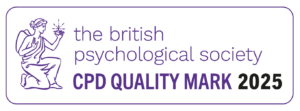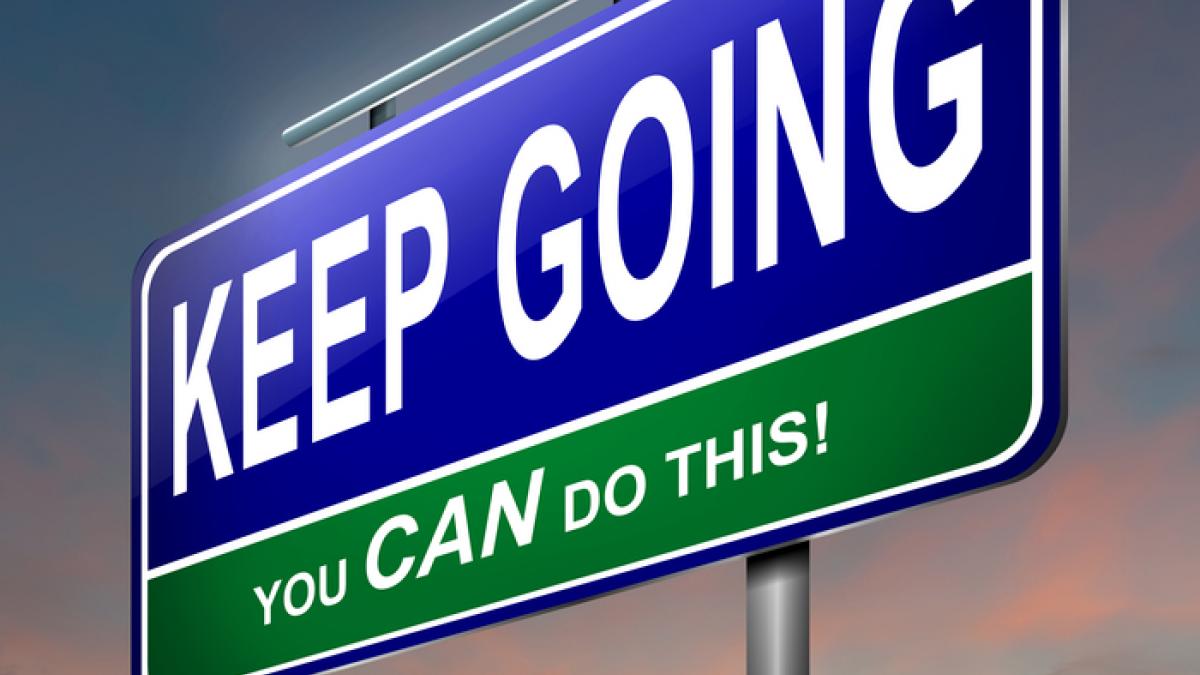Thinking of becoming a mindfulness teacher?
Why would we want to?
The rapid growth in mindfulness based interventions (MBIs) in recent years has created a healthy demand for teachers of mindfulness. John Kabat Zinn’s 1991 book ‘Full Catastrophe Living’ documented the birth of the Stress Reduction Clinic at The University of Massachusetts Medical Centre and the Mindfulness Based Stress Reduction (MBSR) programme which is one of many MBIs taught world-wide. The book made the principles and methods of clinical mindfulness accessible to a very wide public audience.
Kabat Zinn’s work was given a substantial boost when he, and his MBSR programme were featured on the Bill Moyers ‘Healing and the Mind’ USA television series in 1993, which was subsequently syndicated word-wide. From that point on, interest in the therapeutic use of mindfulness grew dramatically amongst healthcare professionals, creating a demand for teachers.
The interest has showed no sign of waning and the huge amounts of positive publicity which mindfulness has received in recent years, along with the wealth of scientific studies supporting its use, combined with an endorsement by NICE, has meant an increased demand for mindfulness teaching, and therefore, for qualified teachers.
How can we learn?
Mindfulness has been taken up by higher academic institutions in the UK and in consequence, a number of universities, including Oxford and The University of Wales, in Bangor offer higher academic, post-graduate, Master’s Degree / post graduate programmes. This traditional, long-term qualification route, comprehensive and excellent though it is, is not only outside the reach of many who wish to teach others mindfulness, but may also not provide the practical skills for everyday teaching. Other (vocational) training providers, including the UK College of Mindfulness Meditation, offer brief, externally accredited courses which combine intensive practical training with the provision of underpinning knowledge, assessed via case study work and written assignments.
What Makes an Excellent Mindfulness Teacher?
In our mindfulness teacher training courses I’m often asked this question and here I endeavour to give my brief views on some of the qualities that make the difference between just being a mindfulness teacher, and being an outstanding one, as well as providing some pointers for ongoing success.
The reasons why we wish to become a mindfulness teacher may give us a useful pointer – the most valid perhaps being a passion for our own sustained mindfulness practice and a strong’ heartfelt desire to share it with others, when our natural enthusiasm may well shine through and transmit itself to our learners.
Perhaps we might start to examine our teaching practice, if we are already doing that, and elicit from our clients / learners how they feel about learning from us. That way we at least stand a chance of getting better by our old age! Mindfulness teaching should, of course be assessed and a standard, client-administered assessment such as Bristol University’s MYMOP gives us a chance to gain data which can help construct our own evidence base.
Be yourself – don’t try and be someone else
At times I’ve sat with a teacher who has appeared to be trying to get into a role; in other words, trying to be their role model. To me this never comes over in an authentic way. If you try and be someone else, people will see through you and may well not respect you. I’ve learned from some of the world’s most respected mindfulness teachers, but I’m not them. I’d like to think that I bring by own unique experience and perspective, and you will do this also.
Be warm and engaging
Developing rapport between you and your clients / learners is something which it pays giving close attention to. Those who are drawn to mindfulness and mindfulness teaching are likely to be the kind of people who have a natural warmth and empathy with others. There is evidence that people respond to those teachers and therapists who they like and who they believe are open to them, as opposed to coming across as cold and indifferent. The interesting thing is that even if the skills of the less engaging teacher are superior to the more engaging one, the more engaging teacher will be perceived as being superior and effective. So be nice!
Be humble – you don’t have all the answers
One of my personal heroes in field of personal development is the Canadian, Brian Tracy who has been right at the top of his field for many years. He has positively influenced many thousands of people, world-wide’ through his training courses, on-line videos and books. Despite all his wisdom he is one of the modest people who I have met. He is always happy to admit that he does not have all the answers and he suggests that rather than telling people that you are right, it may be more helpful to say to them ‘I may be wrong – I often am’!
I’ve borrowed this phrase along the way and it seems to work well for me, in fact so much so that my wife Carmel who has heard me say it so often, now sometimes uses it against me by saying ‘you may be wrong – you often are’! I can’t win can I!
Keep it simple – stupid (KISS)
I’m sure that I won’t be alone in sometimes sitting in a class where the teacher (and yes I am deliberately using simple language here) uses language which appears to be more designed to complicate and confuse, rather than make clear. Perhaps using words which may be unfamiliar to the audience, without any explanation – presumably to boost the speaker’s own ego. If you find you are doing this, then in the words of Bob Newhart, in his Comedy Club therapy sketch video, just ‘STOP IT’!. Remember the NLP presupposition, ‘the meaning of the communication is the response it gets’. If you are not getting the response that you want then only you can take responsibility and you may need to look at clarifying, or simplifying your language. – ‘simples!’
Encourage discussion and inclusivity
Well, we can’t make our learners talk and neither should we. If attendees wish to quietly participate then of course they may do that. In our groups we hand out an information form inviting participants to talk separately to any of the teachers if they wish, and also as a way of requesting feedback in a very unpressured way. However, it may be that some attendees would really like to talk within the group but feel a little too shy. Sometimes we will have one or two who tend to ‘dominate’ the conversation, if we let them!
It is a real shame for anyone in the group to feel excluded and I think that something which sets aside a really good mindfulness teacher, is the ability to include each attendee through openness and warmth, as well as gentle and subtle eye contact with everyone.
So there you have it – to become a mindfulness teacher and perhaps even a really effective one, needs motivation, positive attitude, warmth, and learnable skills. At The UK College, our student feedback and completed assignments tells us that that on almost all occasions we manage to achieve that. If you are interested and would like to see the feedback from all our former students – just let us know.
To learn more, or to arrange an informal chat, please contact me (Nick) or any of the Mindfulness Now team at the UK College on 0121 444 1110 or email info@mindfulnessnow.org.uk
References:







